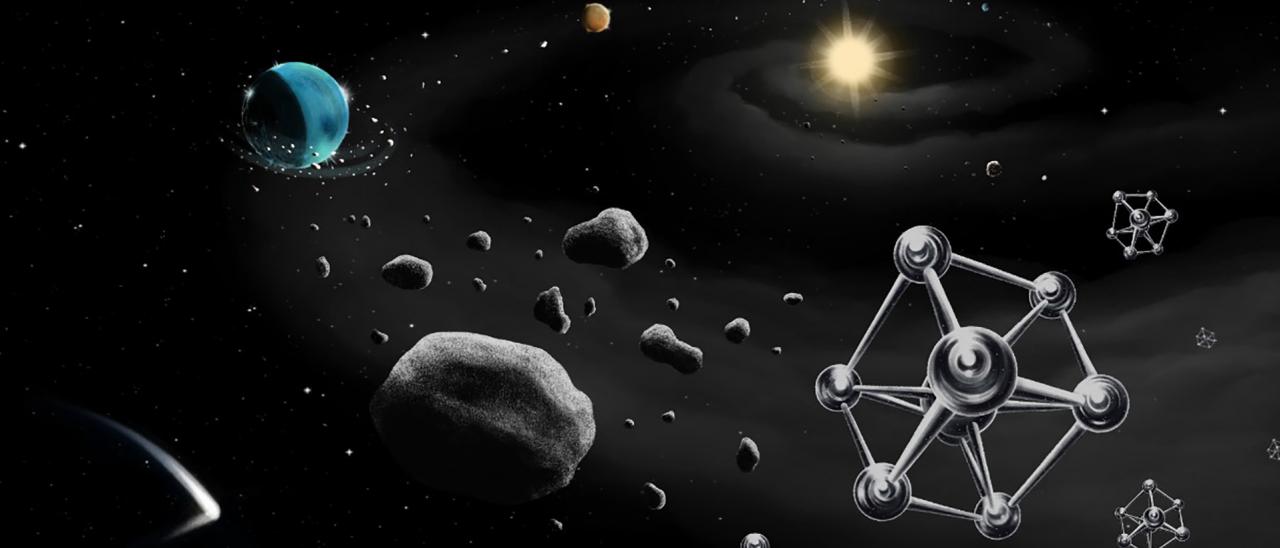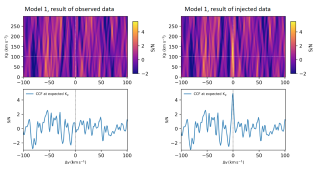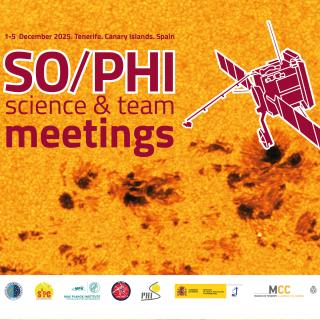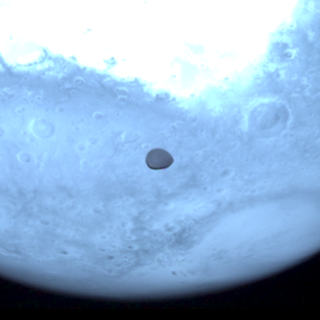Newly formed stars have protoplanetary discs around them. A fraction of the material in the disc condenses into planet-forming chunks, and the rest finally falls into the star. Because of their common origin, researchers have assumed that the composition of these chunks and that of the rocky planets with low masses should be similar to that of their host stars. However, until now the Solar System was the only available reference for the astronomers.
In a new research article, published today in the journal Science, an international team of astronomers led by the researcher Vardan Adibekyan, of the Instituto de Astrofísica e Ciências do Espaço (IA), with participation by the Instituto de Astrofísica de Canarias (IAC), has established for the first time a correlation between the composition of rocky exoplanets and that of their host stars. The study also shows that this relation does not correspond exactly to the relation previously assumed.
“The team found that the composition of rocky planets is closely related to the composition of their host stars, which could help us to identify planets which may be similar to ours”, explains Vardan Adibekyan, the first author on the paper. “In addition, the iron content of these planets is higher than that predicted from the composition of the protoplanetary discs from which they formed, which is due to the specific characteristics of the formation processes of planets, and the chemistry of the discs. Our work supports models of planet formation and a level of certainty and detail without precedent”, he added.
For Garik Israelian, an IAC researcher and co-author of the article, this result could not have been imagined in the year 2000. “At that time we tried to find a correlation between the chemical composition of certain solar type stars and the presence of planets orbiting them (or of their orbital characteristics). It was hard to believe that twenty years later these studies would grow to include the metal abundances of planets similar to the Earth”, he emphasises.
“For us this would have seemed to be science fiction. Planets similar to the Earth were not yet known, and we concentrated only on the planets we could find, and on the parameters of their orbits around their host stars. And today, we are studying the chemical composition of the interiors and of the atmospheres of extrasolar planets. It is a great leap forward”, he added.
To establish the relation, the team selected twenty-one rocky planets which had been characterized most accurately, using their measurements of mass and radius to determine their densities and their iron content. They also used high-resolution spectra from the latest generation of spectrographs in the major world observatories: at Mauna Kea (Hawaii), at La Silla and Paranal (Chile) and at the Roque de los Muchachos, (Garafía, La Palma, Canary Islands), to determine the compositions of their host stars, and of the most critical components for the formation of rocks in the protoplanetary discs.
“Understanding the link in the composition between the stars and their planets has been a basic aspect of research in our centre for over a decade. Using the best high-resolution spectrographs, such as HARPS and ESPRESSO at the European Southern Observatory (ESO), our team has collected spectra of the host stars of exoplanets for several years. These spectra were used to determine the stellar parameters and abundances of the host stars, and the results have been put together in the published catalogue SWEET-Cat”, explained Nuno Santos, a researcher at the IA and a co-author of the article.
The team also found an intriguing result. They found differences in the fraction of iron between the superearths and supermercurys, which implies that these planets seem to constitute different populations in terms of composition, with further implications for their formation. This finding will need more studies, because the simulations of the formation of planets, incorporating collision, cannot by themselves reproduce the supermercurys of high density. “Understanding the formation of the supermercurys will help us to understand the especially high density of Mercury”, Adibekyan assures us.
This research was carried out in the framework of the project “Observational Tests of the Processes of Nucleosynthesis in the Universe” started in the year 2000 by the IAC researcher Garik Israelian; Michel Mayor, Nobel Laureate in Physics, 2019; and Nuno Santos, researcher at the IA.
Tens of publications about this subject earned high recognition for this team, who received the international Viktor Ambartumian prize in 2010, considered by some to be the most relevant prize in the field of Astrophysics after the Nobel Prize.
Web link to the IAC project: https://www.iac.es/en/projects/observational-tests-processes-nucleosynt…
Article: Vardan Adibekyan et al. "A compositional link between rocky exoplanets and their host stars", Science, October 14, 2021. DOI: https://doi.org/10.1126/science.abg8794
Contact at the IAC:
Garik Israelian: gil [at] iac.es (gil[at]iac[dot]es)



